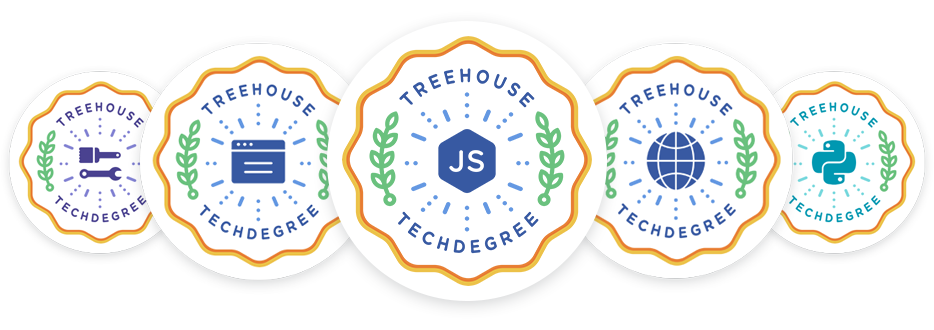ECMAScript 6 is out! I covered what ECMAScript is and the new and improved syntax in this post here. But the syntax is not the only change you’ll see in ECMAScript, there are new types too – the most useful are the new types of collections, Set and Map.
Set
The Set collection type lets you store unique values. You can never add a duplicate value to a set.
Let’s say I wanted to track what courses that have been accessed today. I don’t care how many times, just that they’ve been accessed. Instead of storing them in an Array and checking if an array contains a value before adding the new value to an array like this:
For a Set you could do this:
Both examples will print out:
jQuery Basics
Node.js Basics
To get the number of items in a set you’d call the .size property, not the .length property you’d use in an array.
In addition to the add() method there’s the has() method for determining if a Set has a value in it and the delete() method for removing values.
You can also initialize a Set with an array:
WeakSet
A WeakSet is a collection that only stores objects and nothing else. They can’t be iterated or cycled over. For example, there is no forEach method and there isn’t a .size property either.
References to objects are held weakly. This means that if there’s no other reference to that object in the code other than in the WeakSet itself, the garbage collector or the process by which the computer frees up space in memory, is at liberty to remove it from memory. This is why you can’t cycle over a WeakSet.
For example, I could set dave to a new object and the original dave would no longer be referenced.
This means that the original dave is free to be garbage collected out of the WeakSet whenever the JavaScript garbage collector comes around.
Map
Maps are just like objects but more flexible with keys. Maps are a key value pair. Unlike ECMAScript 5 objects which only allow Strings as keys, Maps allow any type, which include and is not limited to, Strings, Numbers, Arrays, Functions and Objects. A Map has two methods for setting and getting data; set() to set the key value pair and get() to retrieve the value. In this example I’m using a Map as a back bone to a social network handling the friendships. I’m using a person as a key and a Set as the value. It doesn’t make sense to have the friends as an array since you can’t be friends with people more than once.
Another two methods you’d use are delete() to remove a key from the Map and has() to see if the key exists.
WeakMap
The WeakMap is to Map what the WeakSet is to Set. Keys in WeakMaps must be objects, however, values can be anything.
The keys are held weakly, so if there’s no longer any reference to the key outside of the WeakMap, it’s toast! The garbage collector can free up the memory that it was using.
The WeakMap has the get(), set(), delete() and has methods, but the keys can’t be iterated over.
Conclusion
I’ve only covered the basic usage of these collections. Sets and Map are great tools to have in your developer tool belt. The WeakMap and WeakSet are handy for short-lived data manipulation, for example in a function call.
You can visit the MDN documentation pages for Set, WeakSet, Map and WeakMap to discover all you can do with these objects and the many ways you can iterate over them all.








Duplicate values in the set doesn’t count. AWESOME!